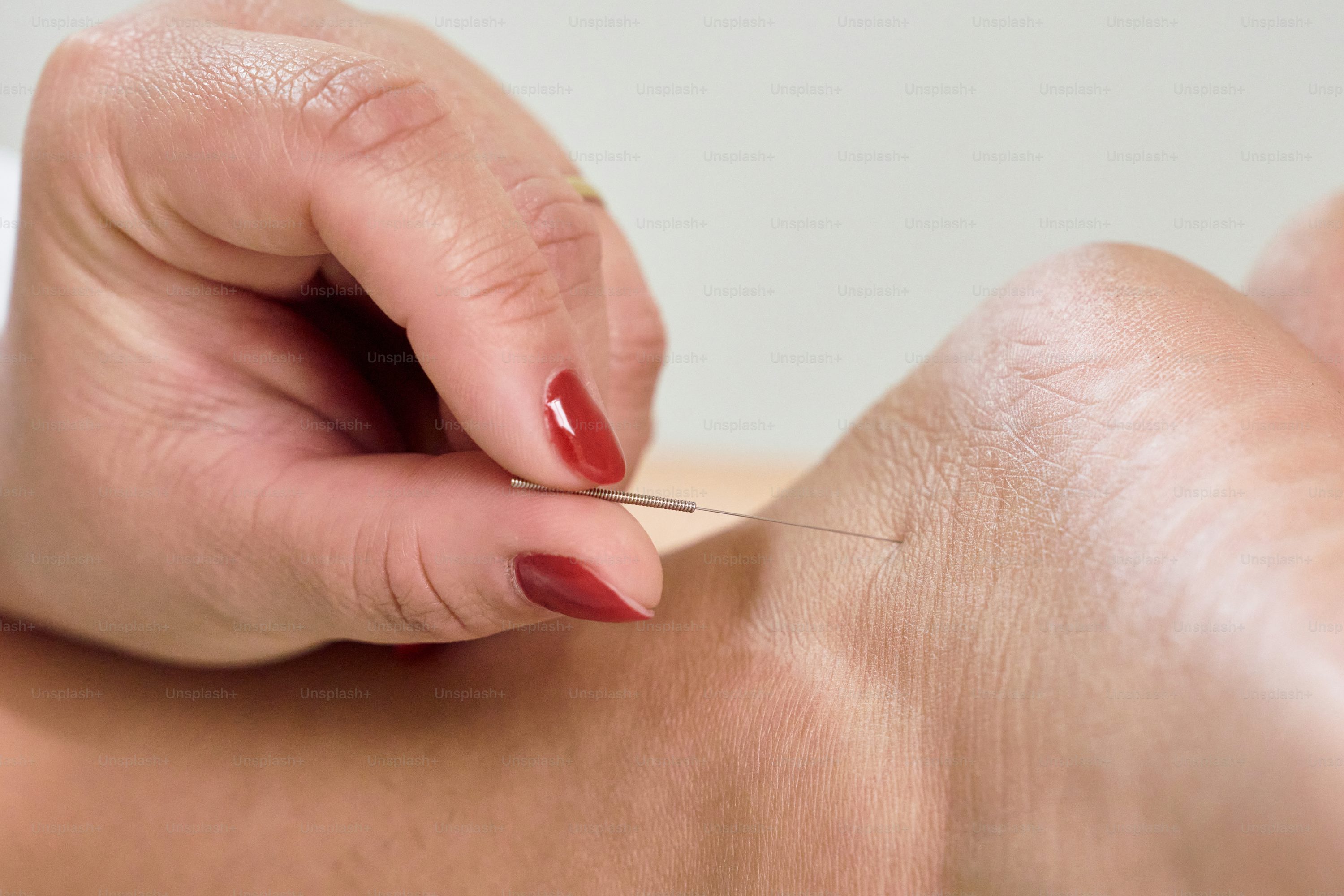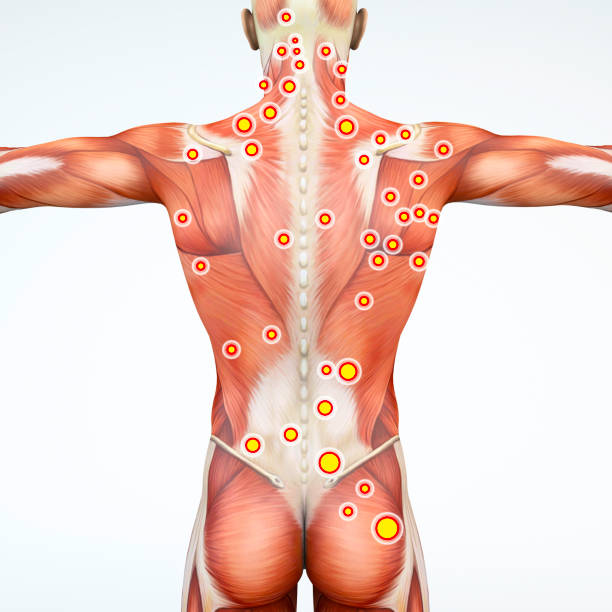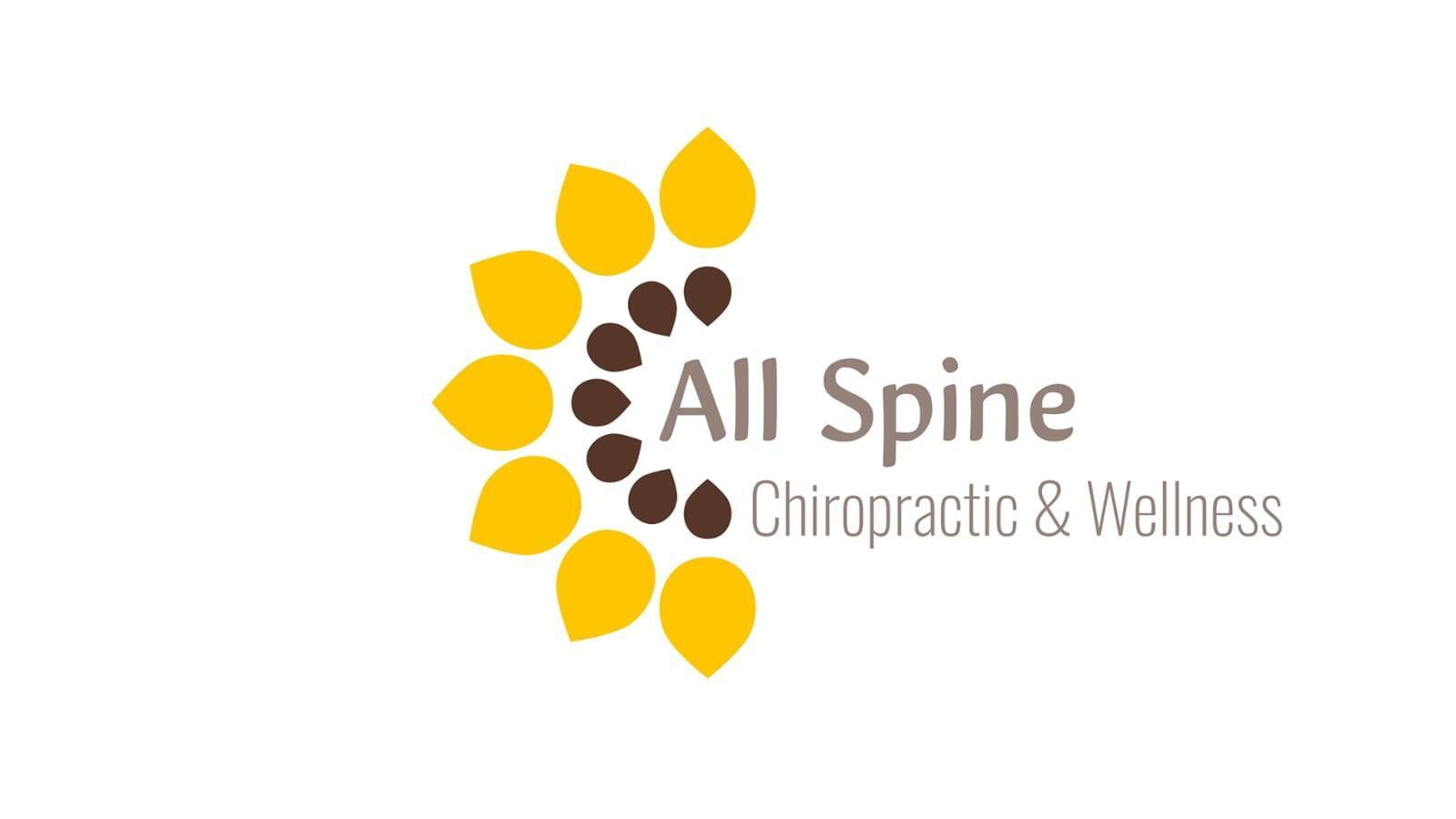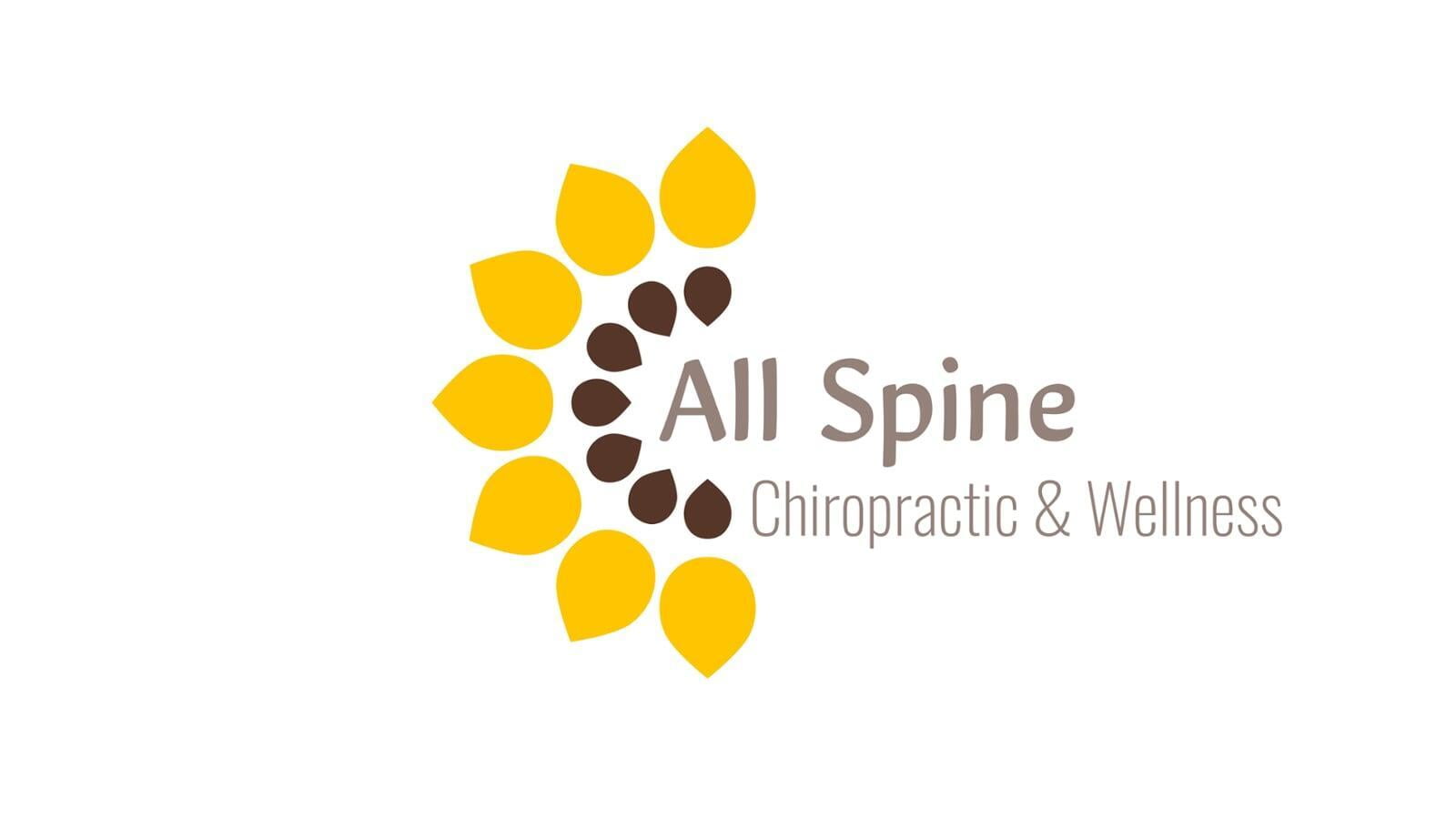Dry Needling Trigger Point Therapy
Dry needling trigger point therapy is a technique used by chiropractors and other healthcare professionals to treat muscular pain and dysfunction, particularly those related to trigger points. Trigger points are tight, hyperirritable areas within muscles that can cause pain, stiffness, and referral pain to other areas of the body.
In dry needling, a thin, sterile needle is inserted directly into a trigger point within the muscle, aiming to release the muscle tension and reduce pain. The term "dry" refers to the fact that the needle does not inject any substance (like a medication); it's simply a tool for stimulating the muscle tissue. The goal of the therapy is to relax the muscle, improve blood flow, and promote healing.
The technique is based on the principle that inserting a needle into the trigger point can disrupt the cycle of pain and muscle tightness, reducing the local pain and inflammation. This often results in immediate or gradual relief from pain and improved mobility in the treated area.
Dry needling differs from acupuncture in that it focuses specifically on muscular pain and trigger points, while acupuncture is part of traditional Chinese medicine and is based on the concept of balancing the flow of energy (qi) in the body. While both techniques use needles, their underlying philosophies and applications differ.
Common conditions treated with dry needling include chronic pain, myofascial pain syndrome, tension headaches, neck and back pain, and various sports injuries.

Dry Needling Muscle Therapy
The science behind dry needling trigger point therapy is rooted in how muscle tissue and the nervous system interact. The therapy focuses on releasing tight, knotted areas within muscles, called "trigger points," which contribute to pain and dysfunction. Here’s a breakdown of the scientific principles involved:
1. Muscle Dysfunction and Trigger Points
Trigger points are areas of muscle fibers that have become hyperirritable and are often referred to as muscle knots. These points are typically sensitive to touch and can cause localized pain or referred pain in other parts of the body. The muscle fibers in a trigger point are in a state of continuous contraction, which can result from various factors such as overuse, injury, poor posture, or stress. This sustained contraction can disrupt normal blood flow to the muscle, leading to a buildup of waste products, inflammation, and an ongoing cycle of muscle tightness and pain.
2. Needle Insertion and the Local Response
When a thin, sterile needle is inserted into a trigger point, the mechanical action of the needle causes a local response in the tissue. The insertion of the needle can stimulate sensory nerves in the muscle, resulting in a "twitch response," which is a brief contraction and relaxation of the muscle fibers. This response is thought to be the body's way of resetting the muscle and breaking the cycle of hyperactivity in the muscle fibers.
3. Neurophysiological Mechanisms
Dry needling works through several neurophysiological mechanisms, including:
Inhibition of nociceptive signals: The insertion of the needle can activate the body's natural pain-relieving systems by stimulating certain receptors (like A-delta and C fibers) in the skin and muscles. This leads to a release of neurotransmitters like endorphins and serotonin, which help block pain signals and reduce discomfort.
Gate Control Theory: The insertion of the needle stimulates nerve fibers that send signals to the spinal cord. According to the gate control theory of pain, these signals can "close the gate" to pain transmission, essentially preventing pain signals from reaching the brain and reducing the sensation of pain.
Normalization of muscle tone: Dry needling can restore normal muscle function by reducing excessive muscle tension. When the needle is inserted into the muscle, it disrupts the persistent contraction, allowing the muscle fibers to relax. This helps improve blood flow, increase oxygen supply to the muscle, and promote the removal of metabolic waste products that may have accumulated due to muscle dysfunction.
4. Central Nervous System Modulation
Dry needling may also have a central effect on pain processing. By stimulating sensory nerves, the body can alter how pain is processed in the brain. This may lead to a reduction in pain perception in both the treated area and potentially in other areas of the body, especially if the muscle pain is referred or chronic.
5. Improved Blood Flow and Tissue Healing
The mechanical action of the needle also promotes increased blood flow to the affected area, which helps deliver oxygen and nutrients to the muscle tissue, while also aiding in the removal of waste products such as lactic acid. This improved circulation accelerates the healing process and can lead to reduced muscle tightness, swelling, and inflammation.
6. Release of Trigger Points
Finally, dry needling can help release trigger points by physically disrupting the taut bands of muscle fibers. The process may also help "reset" the neuromuscular junction (the point where nerves connect to muscles), leading to more efficient communication between the nervous system and the muscle, reducing pain and improving muscle function.
Conclusion
The scientific rationale behind dry needling trigger point therapy involves a combination of mechanical, neurophysiological, and biochemical processes aimed at releasing muscle tension, alleviating pain, and promoting tissue healing. It works by interrupting the pain-spasm-pain cycle that can occur in muscles, reducing local muscle dysfunction, and restoring normal function in the affected area. While the exact mechanisms are still under investigation, current research supports dry needling as an effective therapeutic tool for treating musculoskeletal pain and muscle trigger points.
Dry Needling Trigger Point Therapy
Dry needling can be used to treat a wide variety of musculoskeletal conditions, particularly those involving muscle pain, tension, and dysfunction. The technique is effective for addressing both localized pain and pain that is referred from trigger points in muscles. Some of the most common areas and conditions that can benefit from dry needling include:

Conditions like fibromyalgia, myofascial pain syndrome, and chronic neck or back pain can be effectively managed with dry needling. These conditions often involve multiple trigger points across the body, which dry needling helps to deactivate, providing pain relief and improving functional movement.




